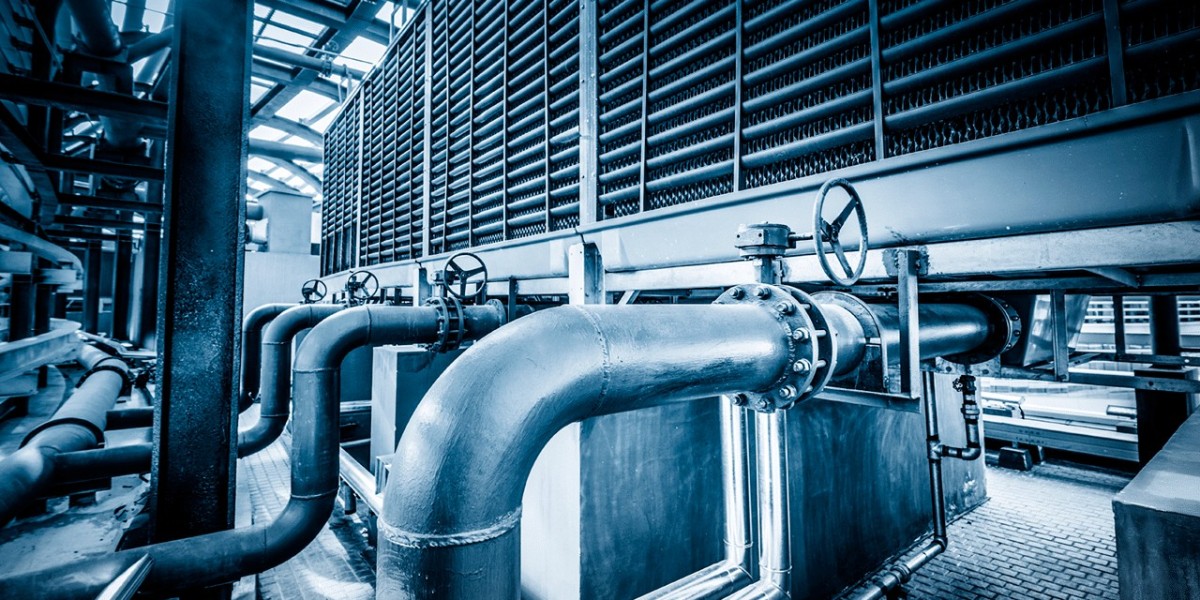In the realm of household management, safety should always take precedence, particularly when it comes to handling domestic fuel. Whether it's for heating, cooking, or powering appliances, domestic fuel, if not handled properly, can pose serious risks to both property and lives. Therefore, adopting and implementing best practices for its handling is not just advisable but imperative. In this comprehensive guide, we will explore in detail the various safety measures necessary for the responsible management of domestic fuel.
Understanding Domestic Fuel:
Before delving into safety measures, it's essential to gain a clear understanding of what constitutes domestic fuel. Common types of domestic fuel include natural gas, propane, heating oil, wood, and electricity. Each of these fuels has its unique properties, characteristics, and handling requirements. For instance, natural gas and propane are highly flammable gases that require careful storage and ventilation, while wood and heating oil demand specific containment methods to prevent spills and leaks. Similarly, electricity, while not a combustible fuel, presents its own set of safety considerations, particularly regarding electrical hazards and fire prevention.
Safety Measures for Handling Domestic Fuel:
- Storage Guidelines:
Proper storage of domestic fuel is crucial for preventing accidents and minimizing risks. Whether it's a large tank for heating oil or small canisters for propane, the following guidelines should be followed:
- Store fuel in designated containers or tanks approved for the specific type of fuel being used.
- Ensure that storage areas are well-ventilated, away from heat sources, and inaccessible to children or pets.
- Regularly inspect containers for leaks, corrosion, or other damage, and address any issues promptly to prevent spills or accidents.
- Installation and Maintenance:
The installation and maintenance of fuel systems and appliances should always be entrusted to certified professionals who have the necessary expertise and experience. Whether it's a gas furnace, wood stove, or electric water heater, proper installation and regular maintenance are essential for safe and efficient operation. Key safety measures include:
- Hiring licensed technicians for the installation, inspection, and servicing of fuel-burning appliances and equipment.
- Regularly inspecting fuel lines, vents, and appliances for leaks, blockages, or signs of wear and tear.
- Following manufacturer guidelines for the servicing, repair, and replacement of parts to ensure optimal performance and safety.
- Ventilation:
Adequate ventilation is critical for preventing the buildup of hazardous gases, such as carbon monoxide, which can be produced by fuel-burning appliances and equipment. To ensure proper ventilation and indoor air quality:
- Install carbon monoxide detectors in key areas of the home, particularly near sleeping areas, and test them regularly to ensure they are functioning correctly.
- Ensure that vents for fuel-burning appliances are clear, unobstructed, and properly sized to allow for the safe expulsion of combustion byproducts.
- Regularly clean and inspect ventilation systems, including chimneys, flues, and exhaust vents, to prevent blockages and ensure proper airflow.
- Handling:
When handling domestic oil suppliers, whether it's transporting containers of propane or refilling a wood stove, it's essential to exercise caution and follow safety protocols to minimize the risk of accidents or injuries. Key safety measures include:
- Using appropriate safety gear, such as gloves and eye protection, when handling fuel or performing maintenance tasks to protect against burns, spills, or exposure to harmful chemicals.
- Avoiding smoking or using open flames near fuel storage or handling areas to prevent ignition or combustion accidents.
- Ensuring that containers of fuel are securely fastened and transported in an upright position to prevent spills, leaks, or accidents during transit.
- Emergency Preparedness:
Despite all precautions, emergencies can still occur, so it's essential to be prepared to respond quickly and effectively to mitigate risks and minimize harm. Key elements of emergency preparedness include:
- Developing and rehearsing an emergency evacuation plan that outlines evacuation routes, assembly points, and communication protocols in the event of a fuel-related incident or other emergencies.
- Keeping fire extinguishers readily accessible in key areas of the home, such as the kitchen, garage, and utility room, and ensuring that household members know how to locate and use them properly.
- Establishing communication protocols for contacting emergency services, neighbors, and utility providers in case of an emergency, and keeping a list of emergency contacts and important information readily accessible.
- Education and Training:
Lastly, education and training are essential components of a comprehensive safety program for handling domestic fuel. By educating household members about the potential hazards associated with domestic fuel and providing training on proper handling procedures and emergency response protocols, homeowners can empower themselves and their families to stay safe and avoid accidents. Key aspects of education and training include:
- Educating household members about the dangers of carbon monoxide poisoning, fire hazards, and other risks associated with domestic fuel, and emphasizing the importance of following safety guidelines and procedures.
- Providing hands-on training and demonstrations on how to safely handle and use fuel-burning appliances and equipment, including proper lighting, refueling, and maintenance procedures.
- Reviewing emergency response protocols and conducting regular drills to ensure that household members are prepared to respond effectively in the event of an emergency.
Conclusion:
In conclusion, prioritizing safety when handling domestic fuel is not just a matter of common sense but a responsibility that should not be taken lightly. By adhering to best practices for storage, installation, maintenance, ventilation, handling, emergency preparedness, and education, homeowners can significantly reduce the risk of accidents, injuries, and property damage associated with domestic fuel use. Remember, when it comes to handling domestic fuel, safety should always come first.








